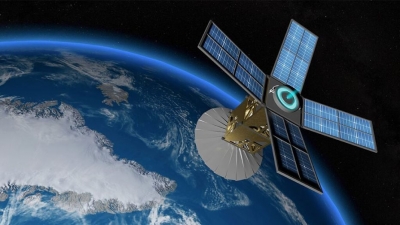
We’ve been satellites to space for a long time. Each satellite serves a different purpose. While some help us predict the weather, some let us watch television, and some help us find our way to different places. However, like all machines, satellites have an expiry date. They can’t go on forever. So what happens to these satellites when they are close to their end?
A cemetery on Earth
When a trusty satellite’s time has come, scientists have two choices depending on how high the satellite is. If it is closer to Earth, engineers will use the last bit of fuel remaining in the satellite to slow it down. This way, it will fall out of space. Towards Earth’s orbit and burn up in the atmosphere. This can be done for bigger satellites, spacecrafts and space stations in low orbit, the solution is for operators to plan for the final destination on Earth to make sure any debris that remains falls in a remote area.
Most likely, this remote area is a place in the Pacific Ocean farthest away from human civilization. It also has a nickname – the Spacecraft Cemetery.
A graveyard in space
The second option that scientists and engineers have is to send satellites in higher orbits even farther away from Earth. This is because it takes a lot of fuel to slow down a satellite enough to fall back into the atmosphere, fuel that these satellites do not have. Hence, with whatever little fuel remains, the satellite is blasted farther into space, never making its way back to Earth.
These satellites are sent into an orbit almost 300km away from the farthest active satellites in space. This place is called the ‘Graveyard orbit’ and is located about 36,000km above Earth.
Some of these satellites will remain in orbit for a long, long time, eventually becoming a part of space debris.
Picture Credit : Google

